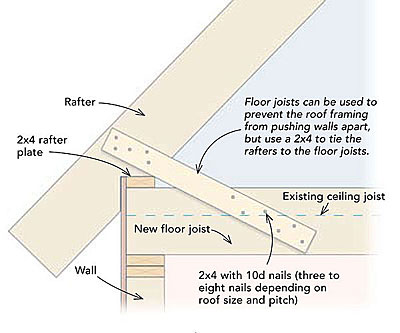


Being the simplest form of a pitched roof, it requires nominal materials to construct this roof, which is why this type of roofs are widely used for garages, storage rooms and go downs.Mono-pitch roofs are generally constructed using a set of principal ties, struts, principal rafters and angle purlins to enable the placing of roof coverings or sheets. The slope of the mono-pitch roof is the ratio between its rise (considered from the lowest point of the ridge), and it’s span (considered the horizontal distance the roof covers).

It can be denoted by various names such as shed roof, lean-to roof, pent roof & skillion roof. This type of roof usually takes the look of an equilateral triangle where one is connected with the central ridge, and the other end, overhangs. It is a single sloping roof surface often not attached to another roof surface. This is the simplest form of Pitched roof, where the number of the sloping surface is one, I.e. Types of Pitched Roofĭepending upon the slope, environmental condition, aesthetic view, and number of sloping surfaces, the pitched roof are widely categorized into the following types The ‘ pitch‘ of a roof is its vertical rise divided by its horizontal span and is a measure of its steepness. Excellent Roof construction requires a careful review of all it’s dependent factors and the use of different roofing materials.Ī pitched roof is a roof that slopes downwards, typically in two parts at an angle from a central ridge, but sometimes in one part, from one edge to another. The design and construction of a roof necessitate the consideration of several design factors among which, the element of drainage holds the most crucial role. Roofs protect the building structure and the inhabitants from adverse atmospheric and exposure condition and also to enable privacy to its inhabitants. What Is the Best Roof Pitch for a House?įrom the beginning of civilization, roofs are one of the essential structural components, necessary for building construction.rafters or for every third pair of 16-in. They are generally required every 4 ft., which means that you need a rafter tie only for every other pair of 24-in.

Rafter ties amount to an additional framing member that runs above the ceiling joists and that connects opposing rafters. However, when ceiling joists run perpendicular to roof rafters, rafter ties should be installed to resist the thrust that the rafters exert on the exterior walls. Common ceiling joists function as rafter ties when they run parallel to the rafters. On the other hand, rafter ties are installed between opposing rafters as close to the top plate as possible. However, in those cases when they are specified, collar beams are usually installed in the upper third of the roof between opposing rafters.
#Roof rafter ties code
The correct phrase as used in textbooks and when specified is collar beam.Īs I stated in my earlier Q&A response, international residential code does not require collar beams. But isn’t rafter tie just another way to say “collar tie”?Ĭontributing editor Mike Guertin replies: Collar tie is a colloquial phrase that you usually won’t find in construction or engineering documentation even though the words are commonly used among builders, architects and homeowners. With all of the discussion and controversy surrounding the question of removing collar ties, the 1998 international code does discuss “rafter ties” in section 802.3.


 0 kommentar(er)
0 kommentar(er)
